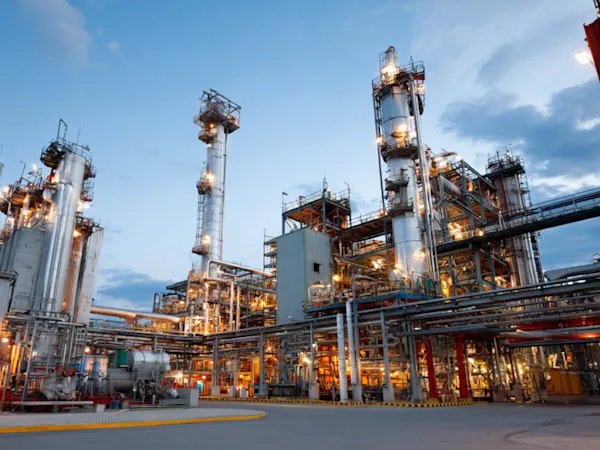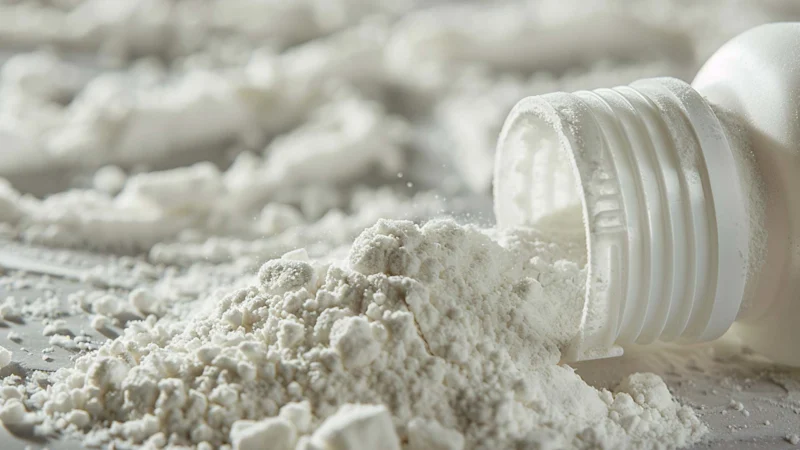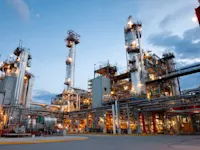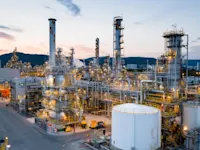
ChemSec Adds Neurotoxicants to SIN List in Landmark Step for EU Chemicals Regulation
ChemSec updates the SIN List with neurotoxicants, spotlighting brain-damaging chemicals and urging EU regulators to act swiftly on these hidden threats.


The International Agency for Research on Cancer (IARC), the cancer research arm of the World Health Organization (WHO), has released its latest findings on the carcinogenicity of talc and acrylonitrile. These assessments are detailed in the recently published Volume 136 of the IARC Monographs, following a comprehensive review by a panel of 29 experts from 13 countries.
Acrylonitrile has been classified as "carcinogenic to humans" (Group 1) by the IARC Working Group. This classification is based on sufficient evidence for its ability to cause lung cancer and limited evidence for bladder cancer in humans. Acrylonitrile is a volatile organic compound primarily used in the production of polymers such as polyacrylonitrile and acrylonitrile butadiene styrene, which are used in textiles, plastics, and synthetic rubber.
Exposure to acrylonitrile occurs mainly through inhalation of cigarette smoke, both first-hand and second-hand, as well as air pollution. Occupational exposure is prevalent among workers involved in the production of acrylonitrile and its polymers. Studies have shown a significant association between acrylonitrile exposure and an increased rate of lung cancer mortality, with a large cohort study indicating a clear exposure-response relationship.
Talc, a naturally occurring mineral widely used in various industries, including cosmetics, pharmaceuticals, and food processing, has been classified as "probably carcinogenic to humans" (Group 2A). This classification follows a review of limited evidence linking talc to ovarian cancer in humans, sufficient evidence of cancer in experimental animals, and strong mechanistic evidence demonstrating talc's carcinogenic properties.
Talc exposure primarily occurs through the use of talc-containing products such as body powders and cosmetics. There are concerns about asbestos contamination in talc, which complicates the assessment of its carcinogenicity. Despite these challenges, studies consistently show an increased incidence of ovarian cancer among women using talc-based body powders. However, a definitive causal relationship could not be fully established due to potential biases and confounding factors.
These evaluations highlight the carcinogenic potential of acrylonitrile and talc, underscoring the need for stringent regulations and further research to mitigate risks associated with these substances. The IARC Monographs aim to identify cancer hazards and provide a basis for public health decisions and policies.
For more detailed information, the findings are published in The Lancet Oncology and will be comprehensively detailed in Volume 136 of the IARC Monographs, set for publication in 2025.
Foresight continuously tracks 1000s of sources and maps updates to your portfolio:




ChemSec updates the SIN List with neurotoxicants, spotlighting brain-damaging chemicals and urging EU regulators to act swiftly on these hidden threats.

OECD’s new chemical data sharing guide promotes fair access, transparency, and regulatory alignment—helping companies reduce duplication and meet compliance obligations globally.

The updated GHS Rev. 11 introduces major labelling changes for climate hazards and skin sensitisation. Key for global chemical compliance in 2025.
Subscribe to Foresight Weekly and get the latest insights on regulatory changes affecting chemical compliance.
Free forever. Unsubscribe anytime.
Read by professionals at